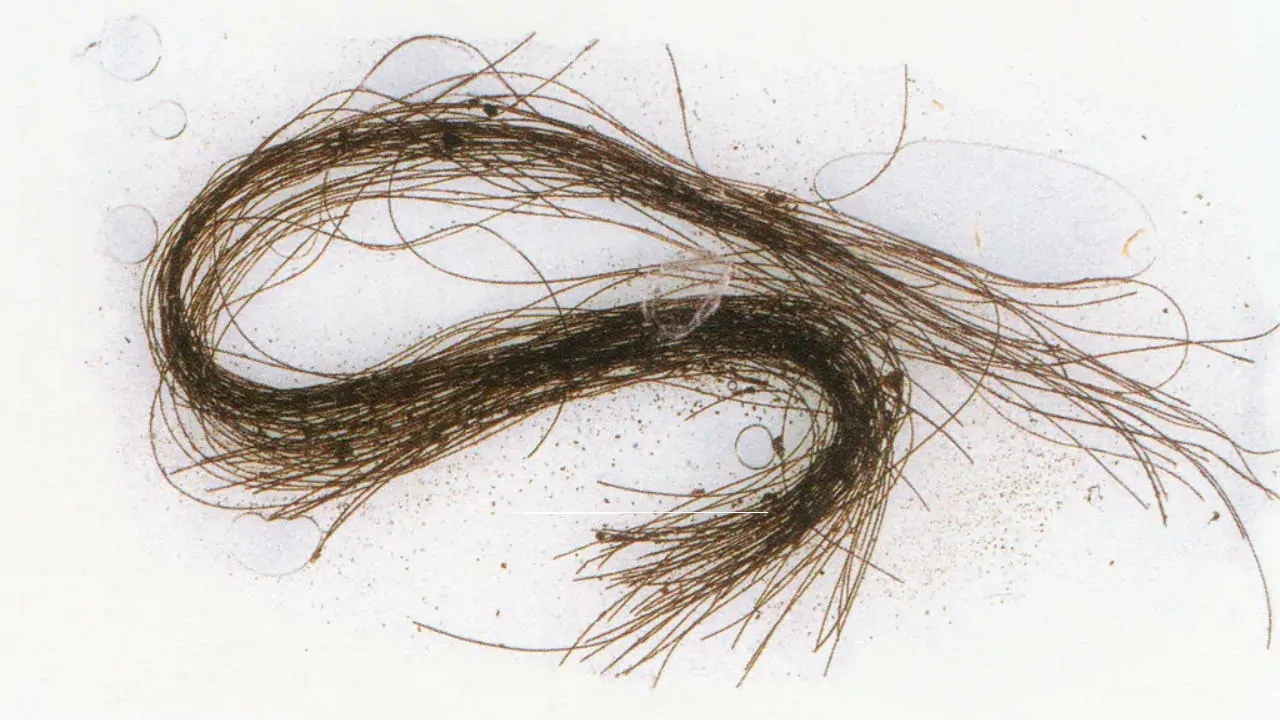Recent discoveries have revealed that Bronze Age Europeans used hallucinogenic drugs during their rituals and ceremonies. Researchers conducted chemical analysis on human hair strands found in the Es Càrritx cave on the island of Menorca, Spain. These hair samples, dating back around 3000 years, contained clear traces of hallucinogenic drugs such as atropine, scopolamine, and ephedrine.
These substances, derived from plants, are known to cause intense hallucinations and altered states of consciousness. The hair strands were carefully stored in decorated wooden containers within a sealed chamber of the cave, suggesting their sacred or ceremonial importance. Experts believe that shamans or spiritual leaders might have administered these hallucinogenic drugs during rites related to healing, communication with spirits, or community rituals.
The discovery of these hallucinogenic drugs provides the earliest direct evidence of psychoactive drug use in prehistoric Europe. This breakthrough allows historians and archaeologists to better understand the complex spiritual practices and beliefs of ancient Bronze Age societies. It paints a vivid picture of how communities connected with the spiritual world through carefully controlled use of plant-based substances.
The use of hallucinogenic drugs during the Bronze Age also highlights the sophisticated botanical knowledge these ancient communities possessed. Far from being a new phenomenon, the human fascination with mind altering experiences appears deeply rooted in our history. Understanding these ancient practices enriches our view of early European cultures and their connection to nature and spirituality.
Source : smithsonianmag.com
